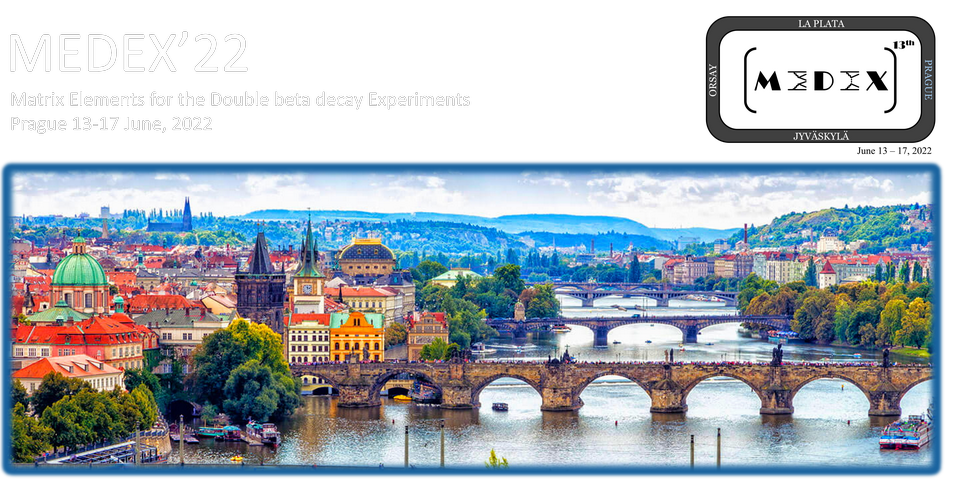Speaker
Description
Many of today's double beta experiments go deep underground in order to reduce cosmic backgrounds.
Neutrons still can origin from the surrounding rock. This motivates the investigation of neutron induced reactions on the present materials with thermal but also with fast neutrons. For neutron cross section measurements it is necessary to know the applied neutron intensity.
TU Dresden runs a DT neutron generator which is able to produce $10^{12}$ neutrons per second.
A $300\,$keV deuteron beam hits a tritium target. Via the 2-body-reaction $^3$H($^2$H,n)$^4$He, a quasi-monoenergetic neutron field of $14\,$MeV is produced. The neutron fluence can be measured via the activation method.
An exemplary irradiation procedure and neutron flux analysis will be presented. An Ar gas sample contained in an Al sphere was irradiated in a $14\,$MeV neutron field produced by TU Dresden's neutron generator. The sample was positioned in close geometry in order to gain a high neutron flux. Each 2 metal foils consisting of Al, Zr and Nb respectively, served as neutron monitors. After the irradiation, the monitors' activities were measured using a germanium detector surrounded by a lead shielding. An efficiency calibration of the detector was done using point sources of known activity and supported by simulations.

